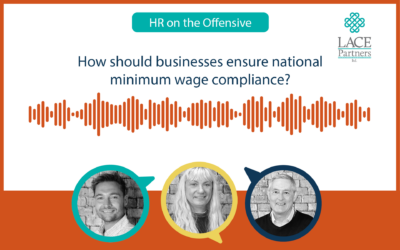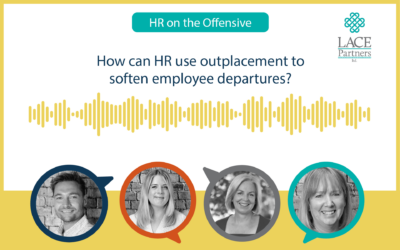We recently featured a podcast with the CEO of Level Financial Technology, Stephen Holliday, looking at the impact of financial wellbeing on today’s workforce. For today’s blog we’ve included a summary of some of the key points of the discussion. If you would like to listen to the podcast you can do so here.
What do we mean when we talk about financial wellbeing?
This term has quite a broad range of what it means to people and businesses. At Level we speak to a number of employers who have stated a desire to map out a financial wellbeing strategy, particularly during and post the pandemic, but aren’t exactly clear on what they need to do and what it means. Conceptually, and in the simplest terms it is about being in control of your finances. Having the capability in the short term to manage money, cope with financial challenges on a month-to-month basis, but then in the long term to plan for your financial future without the fear of persistent debt.
Why is this important and relevant to employers and HR teams?
The pandemic has accelerated trends and employers and HR teams have focused more on the overall wellbeing of their people to ensure that they are attracting and retaining their talent. Being able to support employees with a robust wellbeing strategy as part of their EVP has been an increased focus for businesses we speak to. It has been born from the pressure on mental wellbeing with firstly the pandemic and also so many employees confined to their own homes. Employers have realised that stress in the workplace is often born from financial pressures on an individual and whilst many businesses have recognised the importance of having an effective mental wellbeing strategy in place, there is a risk of it being undercut if a robust financial wellbeing strategy is not included.
As an example, earlier this year we spoke to a HR team working for a large chain of fast-food restaurants who had set up a hardship fund for employees during the pandemic. Through the creation of this fund – designed to help workers with their wellbeing from a financial perspective – the HR team realised just how many of its workers were suffering from poor mental health because of financial pressure. As a result they developed a strategy to deal specifically with the financial wellbeing of their people, encouraging them to be open and talk to their employer about their financial situation.
Technology helping to tackle financial wellbeing challenges
Technology has played – and will continue to play – a big part in the evolution in businesses focusing on financial wellbeing. The tools on the market available now to individuals and employers didn’t really exist five years ago. It isn’t that HR departments and businesses haven’t been interested in financial wellbeing, but that the tools were not as advanced as they are now. The revolution in the FinTech world for consumer products is now able to be applied to employees too. An example of which is on-demand pay, salary linked savings or open banking – powered by budgeting tools and financial education.
Indeed, Gartner themselves are estimating that in the US around a quarter of all US employees will have access to earn-wage technology in the coming years.
As an example, if you think about how businesses and individuals banked five to ten years ago, often it would involve visiting a bank. The proliferation of individual services – often available to use as APIs so that you can have tools available, whatever use case that is required – means that anybody can access the services that previously they would have needed to visit a physical building for.
Now we have direct access to faster payments to allow people to receive their pay instantly when they ask for it. Open banking technology means individuals have control over their own banking data and every bank is required to provide API access for people to access their money and data. This in turn has allowed technology platforms to find new and inventive ways of giving people access to their money – making delivering financial wellbeing to employees easier.
Where will financial wellbeing (and the technology) look like in five years’ time?
We are still in the early stages of the adoption curve of the types of technology that can make financial wellbeing strategies mainstream. Within five years I do believe that businesses without an effective financial wellbeing strategy in place for their employees will be behind in terms of their incentives and support they offer their workers. Financial wellbeing products will become utility services and I do also believe that we may see – from a payroll savings perspective – a wider policy lobby to make this service mandatory in a similar way that pensions contributions have become mandatory in the last eight years because of the clear societal benefits of trying to help people be more financially secure.
Are you or your team interested in developing your financial wellbeing strategy, or would like to talk about your tech stack and how it can underpin your EVP? Reach out to us and we’d be happy to talk.









